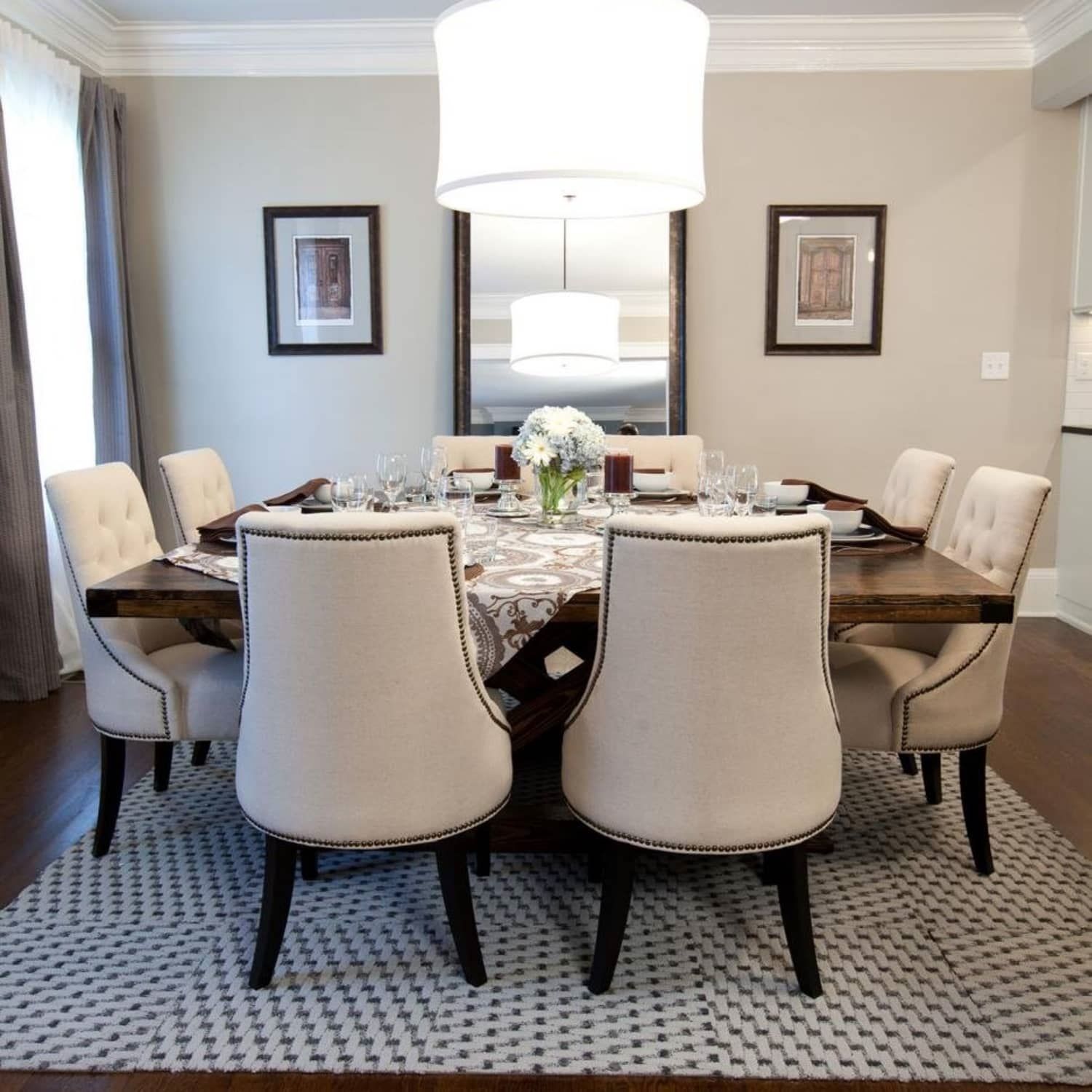

Articles
What To Do If Your Dining Room Has Carpet
Modified: May 6, 2024
Discover expert articles and tips on what to do if your dining room has carpet. Get advice on cleaning, maintenance, and stylish flooring alternatives.
(Many of the links in this article redirect to a specific reviewed product. Your purchase of these products through affiliate links helps to generate commission for Storables.com, at no extra cost. Learn more)
Introduction
Having carpet in your dining room can add comfort and style to the space. The soft texture underfoot can create a cozy and inviting atmosphere, perfect for enjoying meals with family and friends. However, carpeted dining rooms also come with their own set of challenges. Accidental spills, stains from food, and the constant foot traffic can take a toll on your carpet’s appearance and cleanliness.
In this article, we will discuss various strategies to maintain and care for your carpeted dining room. From preventing stains to cleaning and even considering carpet replacements, we’ll provide you with practical tips to keep your dining room carpet looking its best for years to come.
Key Takeaways:
- Proactive maintenance, quick stain removal, and strategic use of area rugs can extend the life and beauty of your carpeted dining room, creating a cozy and inviting space for family and friends.
- Regular vacuuming, furniture care, and professional cleaning services are essential for preserving the cleanliness and longevity of your dining room carpet, ensuring a fresh and visually appealing environment for years to come.
Read more: What To Do With Formal Dining Room
Assessing the Situation
The first step in taking care of your carpeted dining room is to assess the current condition of the carpet. Take a close look at the carpet to identify any stains, worn-out areas, or signs of damage. This assessment will help you determine the specific actions needed to address the issues.
If you notice any stains, it’s important to identify the nature of the stain. Is it a food stain, a beverage spill, or something else? Different types of stains may require different treatment methods. For instance, food stains can be treated with a gentle detergent, while red wine or coffee stains may need specialized stain removers.
In addition to stains, pay attention to any areas of the carpet that may be worn out or frayed. These areas may require repairs or even replacement. Consider the overall condition of the carpet and how it affects the appearance and functionality of your dining room.
Taking the time to assess the situation will help you make informed decisions on the best course of action to maintain and improve the condition of your dining room carpet.
Removing Stains and Spills
Accidents happen, especially in a dining room where food and drinks are present. When a spill occurs on your carpet, it’s crucial to act quickly to prevent permanent stains. Here are a few steps to follow when removing stains and spills:
- Blot, don’t rub: Use a clean cloth or paper towel to blot the spill as soon as possible. Avoid rubbing the stain, as it may spread and go deeper into the carpet fibers.
- Use a cleaning solution: Depending on the type of stain, you can create a homemade cleaning solution or use a store-bought carpet cleaner. Be sure to follow the instructions on the product and test it on a small, inconspicuous area of the carpet first.
- Gently scrub: Dampen a clean cloth with the cleaning solution and gently scrub the stained area in a circular motion. Avoid aggressive scrubbing, as it can damage the carpet fibers.
- Rinse and dry: After treating the stain, rinse the area with clean water to remove any residue. Blot the wet area with a dry cloth or towel to absorb excess moisture. Allow the carpet to air dry completely.
Remember, prevention is always better than cure. Consider using removable covers or placemats on your dining chairs to provide an extra layer of protection against spills. Additionally, encourage your guests to be cautious and mindful of their food and drinks while dining in the carpeted area.
By promptly addressing stains and spills, you can help preserve the cleanliness and appearance of your dining room carpet.
Regular Vacuuming and Cleaning
Regular vacuuming is essential for maintaining the cleanliness and longevity of your carpeted dining room. It helps to remove dirt, dust, and debris that can accumulate over time. Here are some tips for effective vacuuming:
- Choose the right vacuum: Use a vacuum cleaner with adjustable settings and a beater bar or brush roll designed for carpets. This will ensure effective dirt and debris removal without damaging the carpet fibers.
- Vacuum in different directions: To thoroughly clean the carpet, vacuum in different directions, including both lengthwise and crosswise. This helps to loosen and lift dirt from the carpet fibers.
- Pay attention to high-traffic areas: Areas around the dining table and chairs tend to accumulate more dirt and debris. Give these areas some extra attention during your vacuuming routine.
- Clean spills and stains promptly: Even with regular vacuuming, spills and stains can occur. As mentioned in the previous section, it’s important to address them quickly to prevent permanent damage.
In addition to vacuuming, periodic deep cleaning is recommended to remove embedded dirt and refresh the appearance of your carpet. You can choose to do this yourself using a carpet cleaner or hire professional carpet cleaning services. Professional cleaners have the expertise and equipment to provide a thorough deep cleaning that goes beyond regular vacuuming.
By establishing a regular vacuuming routine and periodically deep cleaning your carpet, you can keep it looking fresh and clean for years to come.
Using Area Rugs
One effective way to protect your dining room carpet and add style to the space is by using area rugs. Placing an area rug under your dining table not only adds a visual element to the room but also provides a protective layer for the carpet. Here’s how area rugs can benefit your carpeted dining room:
- Protection from spills and stains: An area rug can act as a barrier between your dining table and the carpet, preventing food and drink spills from directly touching the carpet fibers.
- Easier maintenance: Area rugs are typically easier to clean and maintain compared to wall-to-wall carpeting. If a spill occurs on the rug, you can remove it and clean it separately, minimizing the impact on your entire carpeted dining room.
- Enhanced aesthetics: Choosing a stylish and complementary area rug can instantly elevate the look of your dining room. It adds texture, color, and pattern, making the space more visually appealing.
- Flexibility and versatility: With an area rug, you have the flexibility to change the design and style of your dining room without replacing the entire carpet. Simply switch out the area rug for a different one to give your space a fresh new look.
When selecting an area rug for your dining room, consider the size to ensure it accommodates the dining table and chairs. The rug should be large enough so that when chairs are pulled out, the back legs remain on the rug. This prevents uneven wear and tear on the carpet underneath.
By incorporating area rugs into your dining room, you can protect your carpet while adding a touch of style and personalization to the space.
Consider using area rugs to protect the carpet in high traffic areas. Choose rugs that are easy to clean and maintain. Regularly vacuum and spot clean any spills to keep the carpet looking its best.
Read more: How To Protect A Carpet In Dining Room
Preventing Damage from Furniture
Furniture, especially dining chairs and tables, can potentially cause damage to your carpeted dining room if not properly cared for. Here are some tips to prevent damage and extend the life of your carpet:
- Use furniture pads: Attach furniture pads or glides to the legs of your dining chairs and table. These pads provide a cushioned barrier between the furniture and the carpet, reducing the risk of indentations and scratches.
- Rotate furniture: To prevent uneven wear and depressions in the carpet, periodically rotate your furniture. This distributes the weight and pressure more evenly across the carpeted area.
- Avoid dragging furniture: When moving furniture, avoid dragging it across the carpet. This can cause friction and damage the carpet fibers. Instead, lift the furniture and place it in its new position.
- Consider area rugs under heavy furniture: For larger pieces of furniture, such as a buffet or hutch, consider placing a small area rug or furniture coasters beneath the legs. This helps distribute the weight and protects the carpet from permanent indentations.
- Regularly rearrange the furniture: By periodically rearranging your dining room furniture, you can prevent the carpet from being constantly exposed to the same heavy traffic areas. This helps to distribute wear and tear more evenly.
Being proactive in preventing damage from furniture will help maintain the appearance and integrity of your carpeted dining room. By taking these simple steps, you can enjoy your furniture while keeping your carpet in excellent condition.
Hiring Professional Carpet Cleaners
While regular vacuuming and spot cleaning can help maintain your carpeted dining room, there are occasions when it’s beneficial to hire professional carpet cleaners. Professional cleaning services offer specialized tools and expertise to deep clean and revitalize your carpet. Here’s why hiring professionals can be a worthwhile investment:
- Deeper cleaning: Professional carpet cleaners use high-powered equipment and advanced cleaning techniques to remove deep-seated dirt, allergens, and stains from your carpet. They can reach areas that may be difficult to clean with regular household vacuums.
- Expertise and experience: Professional cleaners have extensive knowledge of different carpet fibers, stain removal methods, and cleaning solutions. They know how to handle specific stains and can provide tailored treatments for your carpet’s needs.
- Time-saving: Carpet cleaning can be a time-consuming task, especially if you have a large dining room or heavily stained carpet. Hiring professionals allows you to save time and effort, giving you the opportunity to focus on other priorities.
- Improved air quality: Over time, carpets can become a breeding ground for allergens, dust mites, and other pollutants. Professional cleaning helps to remove these contaminants, resulting in improved indoor air quality and a healthier environment for you and your family.
- Longer carpet lifespan: Regular professional carpet cleaning helps prolong the lifespan of your dining room carpet. By removing dirt, debris, and stains, it reduces the wear and tear on the carpet fibers, leading to a more durable and long-lasting carpet.
When hiring professional cleaners, do your research and choose a reputable and experienced company. Read reviews, ask for recommendations, and inquire about the cleaning methods and products they use. Be sure to communicate your specific needs and concerns, such as stain removal or pet odor elimination.
Regular professional cleaning, combined with regular maintenance, can keep your carpeted dining room looking and feeling fresh for years to come.
Considering Carpet Replacement
As much as we try to maintain and care for our carpeted dining rooms, there may come a point where replacement becomes necessary. Over time, carpets can show signs of wear and tear, become stained beyond repair, or simply no longer match your desired aesthetic. Here are some factors to consider when contemplating carpet replacement:
- Visible signs of wear: Examine your carpet for signs of excessive wear, such as fraying edges, bald spots, or areas where the carpet fibers are significantly flattened. These signs indicate that the carpet may no longer be providing adequate functionality or aesthetics.
- Stubborn and persistent stains: Despite diligent cleaning efforts, some stains may become stubborn and resistant to removal. If your carpet is marred by unsightly and permanent stains, it may be time to consider replacing it to refresh the appearance of your dining room.
- Odor and allergens: Carpets can trap odors and allergens, even with regular cleaning. If your carpet emits unpleasant odors or contributes to respiratory issues, it may be beneficial to replace it with a new one that offers better air quality and hypoallergenic properties.
- Style and design preferences: Over time, your design tastes may change, or your dining room may undergo a makeover. If your current carpet no longer complements the desired aesthetics of your space, replacing it with a new carpet can help you achieve the desired look and feel.
- Significant damage: In some cases, the carpet may suffer extensive damage from flooding, mold growth, or other unforeseen events. If the damage is beyond repair or poses health risks, it’s important to prioritize the safety and well-being of your household by opting for carpet replacement.
When considering carpet replacement, take the opportunity to explore different carpet options. Consider factors such as carpet material, durability, and ease of maintenance that best suit your lifestyle and preferences.
Consult with carpet professionals or interior designers to help guide you in choosing the right carpet for your dining room. They can provide valuable insights and recommendations based on your budget, style, and specific requirements.
By recognizing the signs for carpet replacement and making informed decisions, you can ensure that your dining room maintains its functionality and appearance for years to come.
Conclusion
Maintaining a carpeted dining room can be a challenging but rewarding task. By following the strategies outlined in this article, you can ensure that your carpet remains clean, fresh, and visually appealing. From assessing the situation to removing stains and spills, regular vacuuming and cleaning, using area rugs, preventing furniture damage, hiring professional carpet cleaners, and considering carpet replacement, each step plays a crucial role in preserving the beauty and longevity of your carpet.
Remember, prevention is key when it comes to maintaining your carpeted dining room. Act quickly to address spills and stains, use furniture pads, and regularly vacuum and clean to prevent dirt and debris buildup. By implementing these proactive measures, you can minimize the risk of permanent damage and extend the life of your carpet.
However, if your carpet shows signs of significant wear, persistent stains, or no longer aligns with your style preferences, it may be time to consider replacement. New carpet can transform the look and feel of your dining room, providing a fresh canvas for your decor and enhancing the overall ambiance of the space.
Don’t hesitate to seek professional help when needed. Professional carpet cleaners have the expertise and tools to tackle tough stains and provide deep cleaning, ensuring that your carpet remains in optimal condition. Consider their services, particularly for periodic maintenance and specialized treatments.
In conclusion, by employing a combination of preventative measures, regular cleaning, and timely action, you can enjoy a beautiful and well-maintained carpeted dining room. Take pride in this central gathering space of your home, where loved ones can come together, share meals, and create cherished memories.
If you're keen on keeping your dining room looking sharp, why not consider spicing it up with stylish floor coverings? With our latest compilation, "Incredible Area Rugs for 2024," you'll find inspiration that could transform your space. Dive into our selection to discover which rugs not only enhance your room's aesthetic but also hold up well against common dining mishaps. Don't miss out on these must-see recommendations that marry function with fashion!
Frequently Asked Questions about What To Do If Your Dining Room Has Carpet
Was this page helpful?
At Storables.com, we guarantee accurate and reliable information. Our content, validated by Expert Board Contributors, is crafted following stringent Editorial Policies. We're committed to providing you with well-researched, expert-backed insights for all your informational needs.

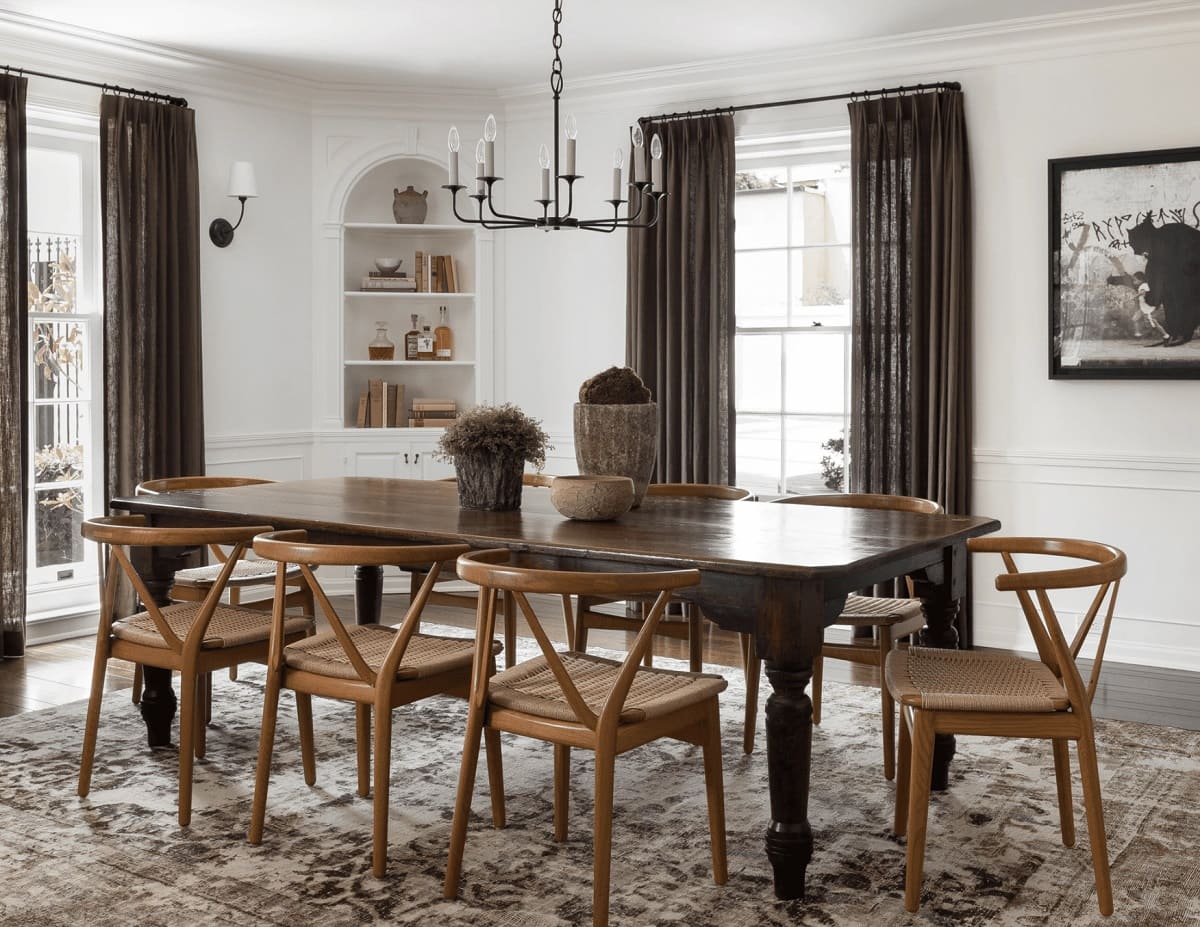
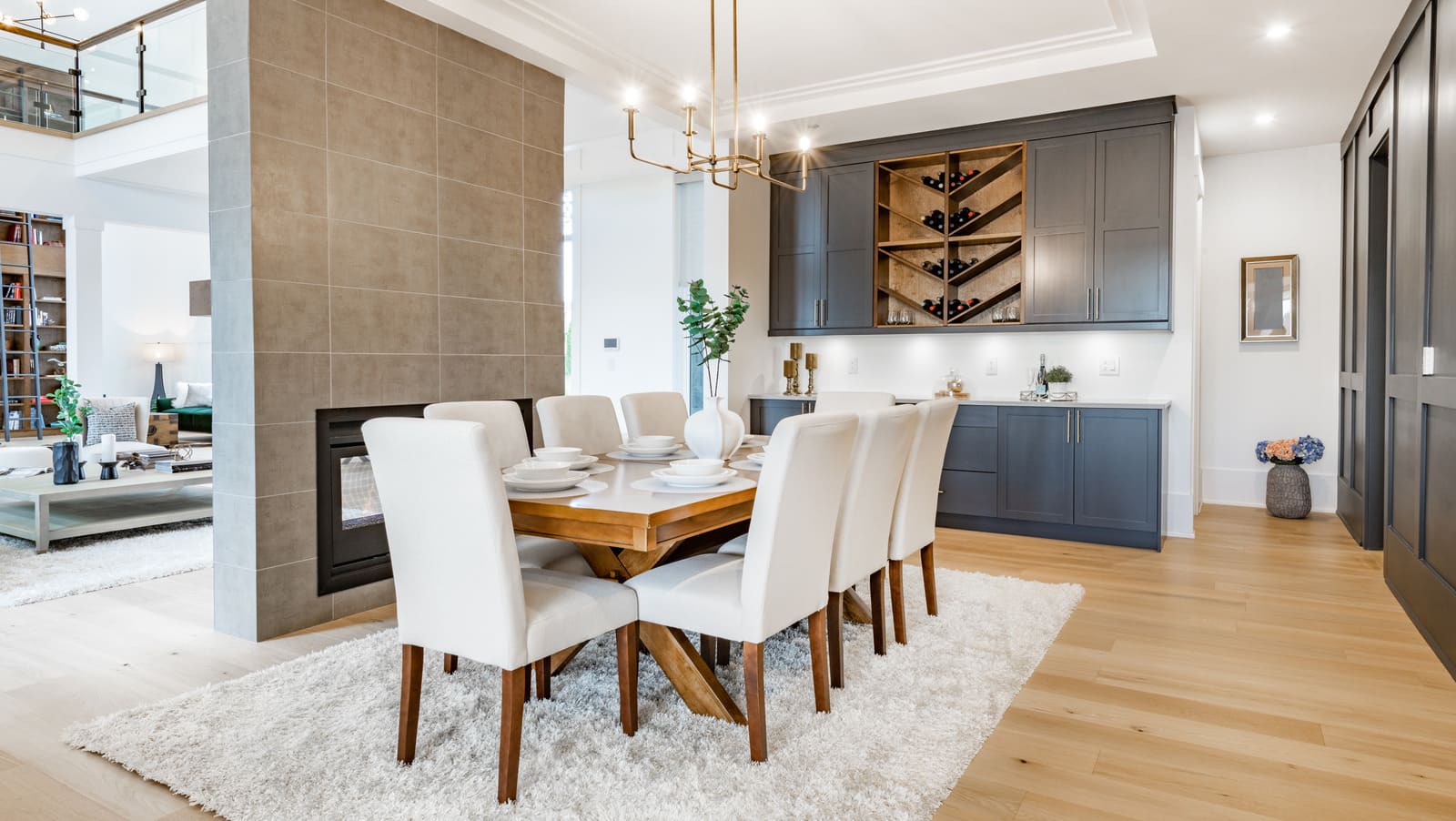
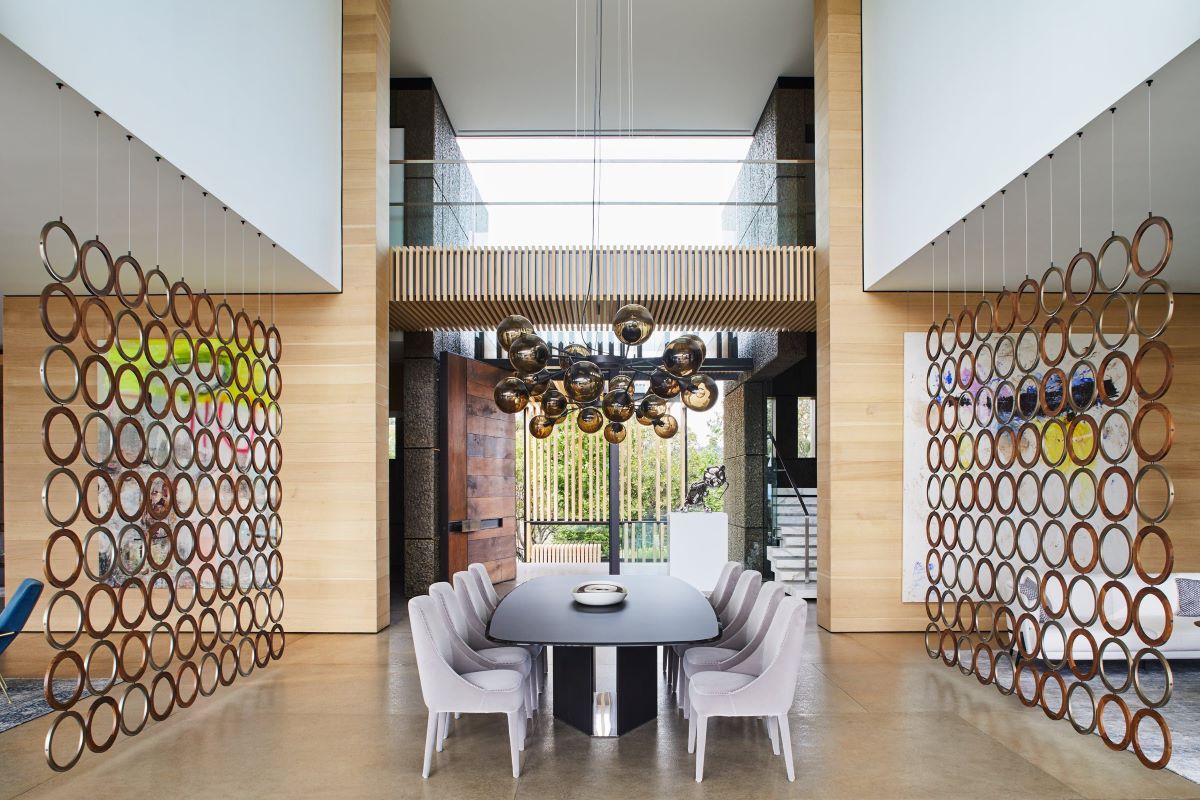
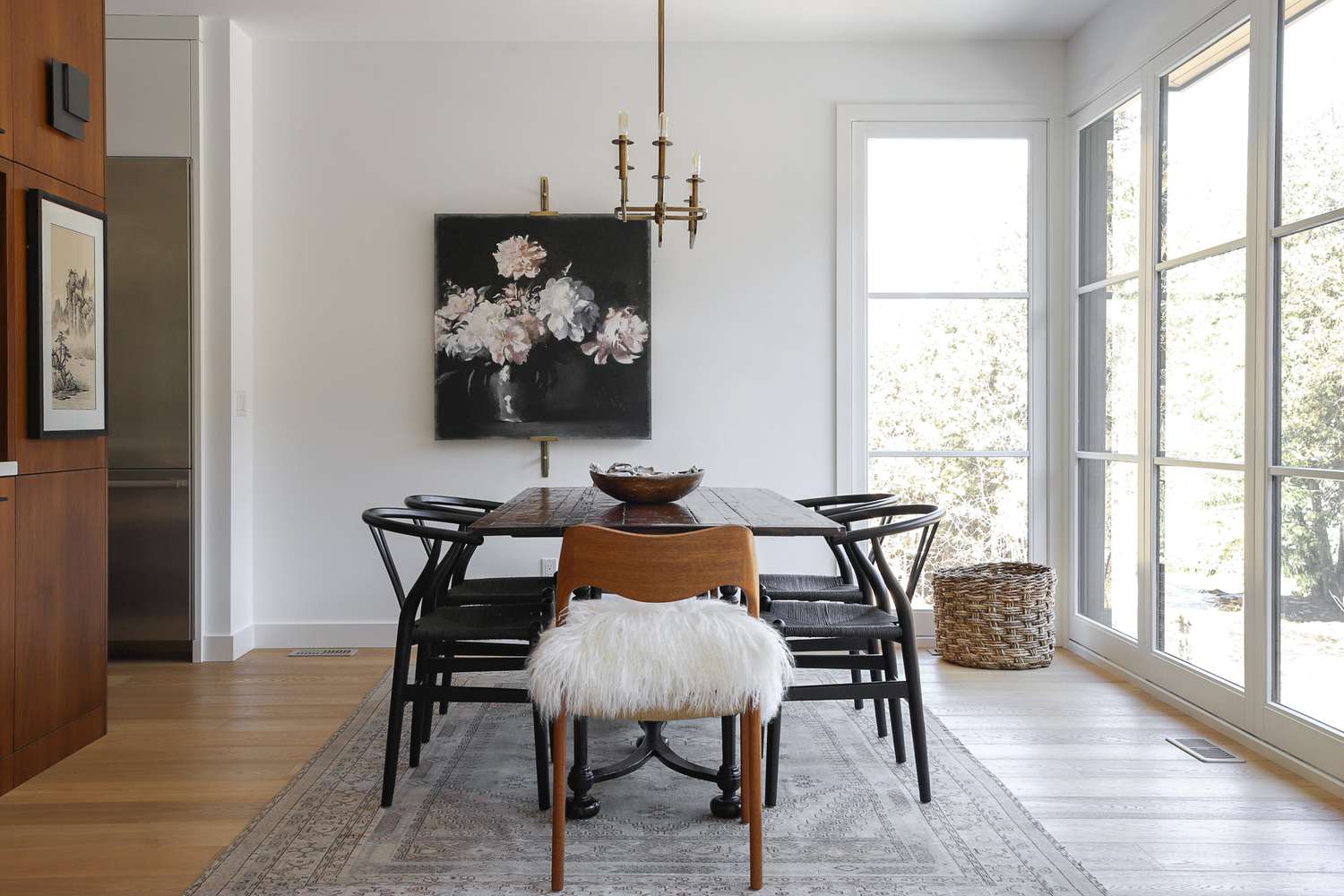
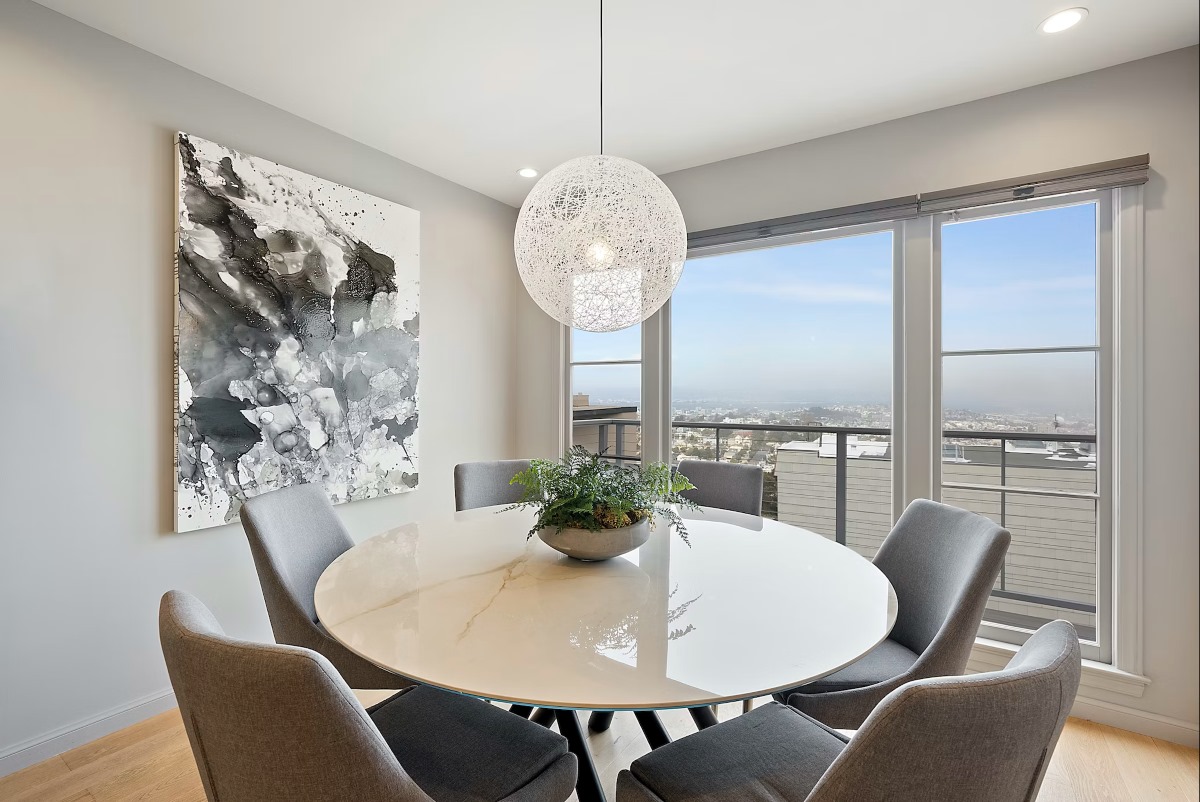
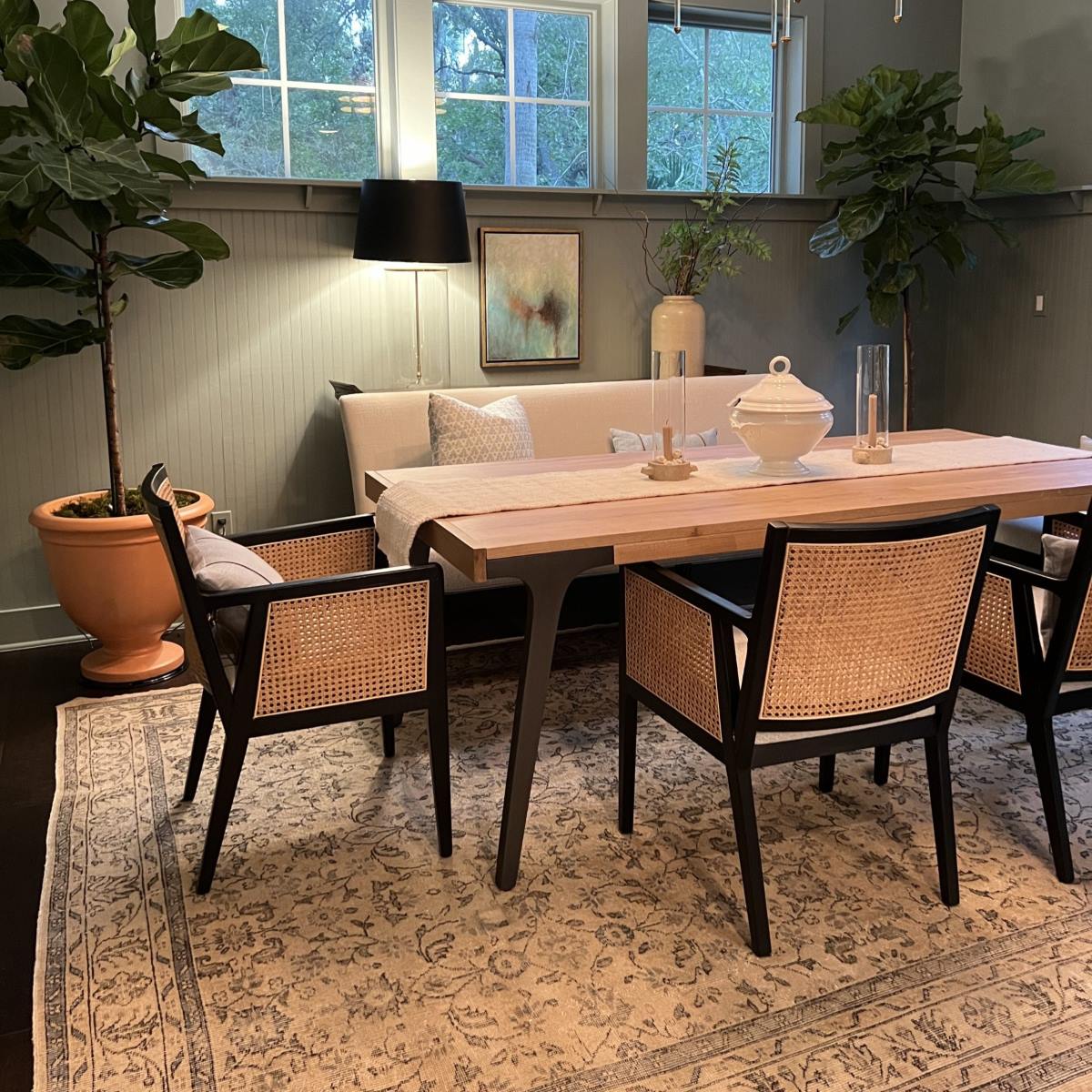
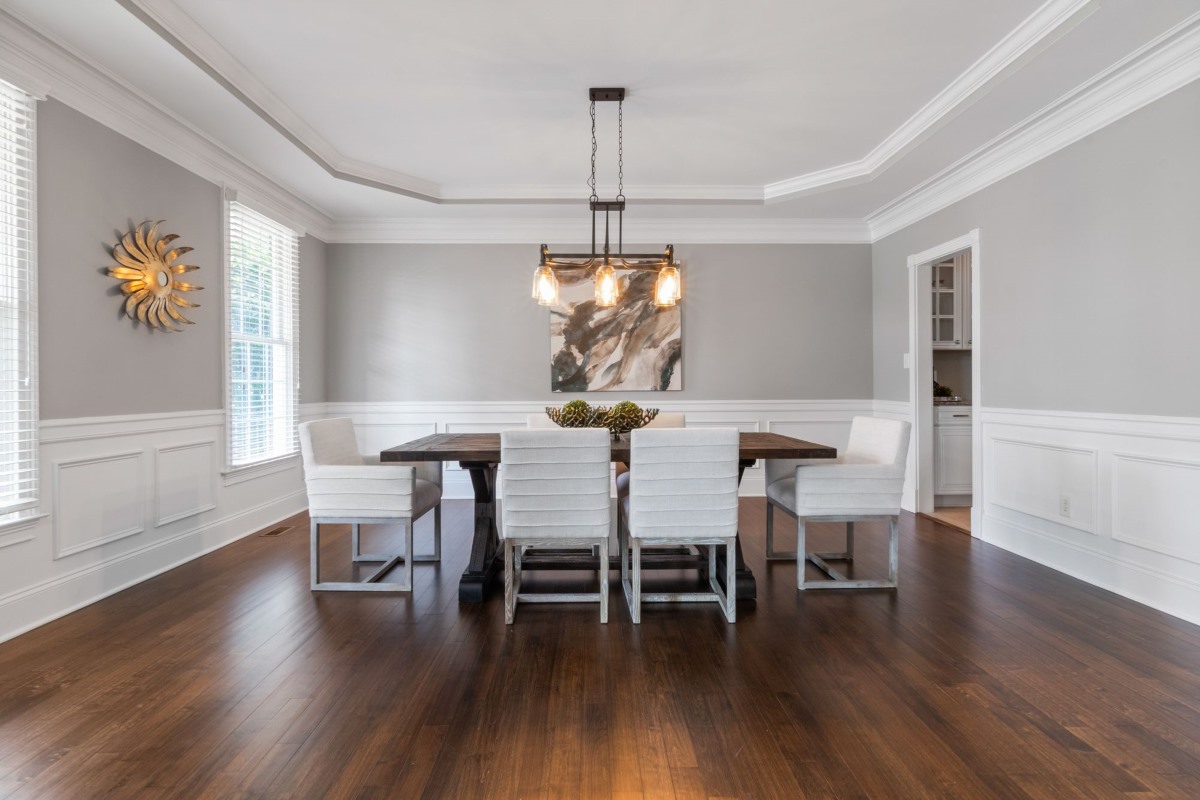
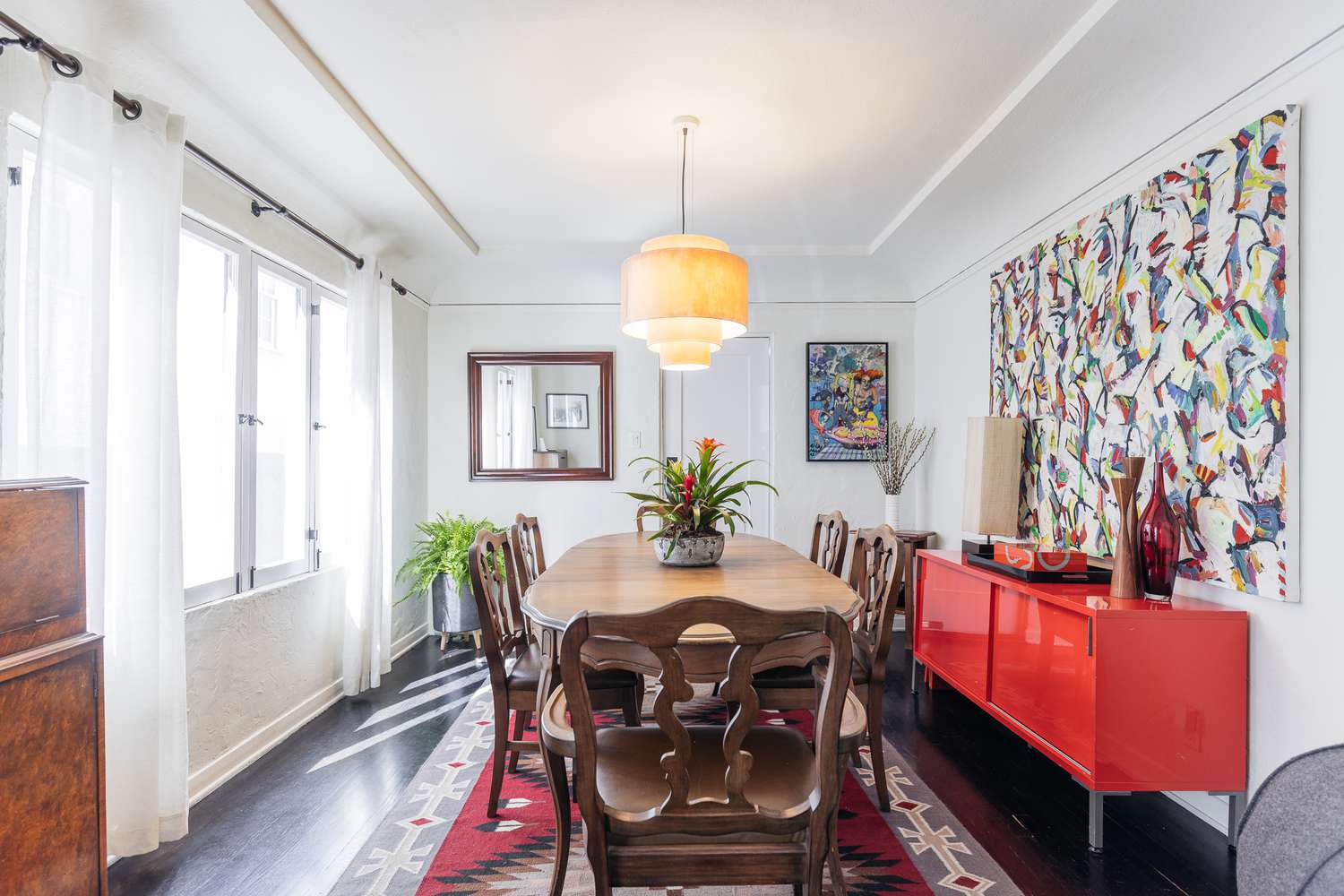
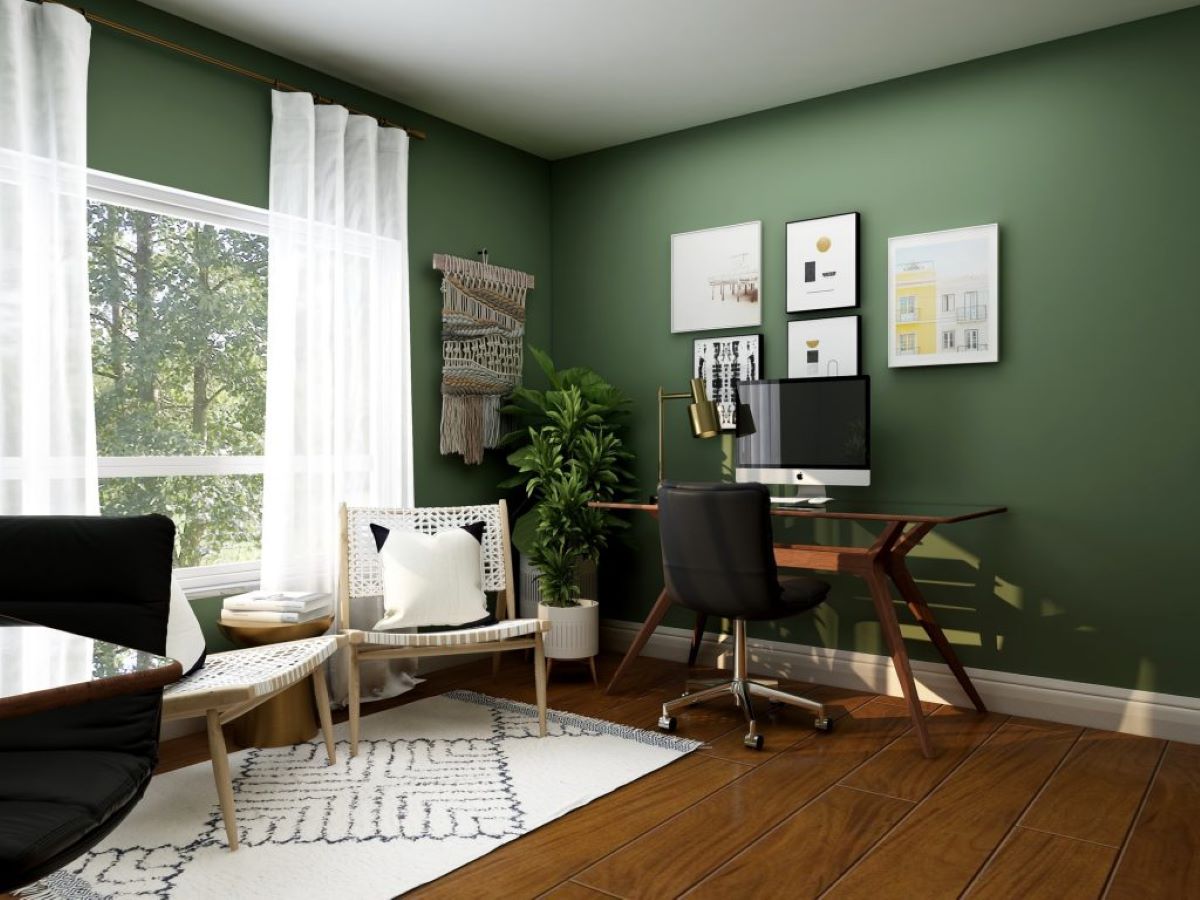
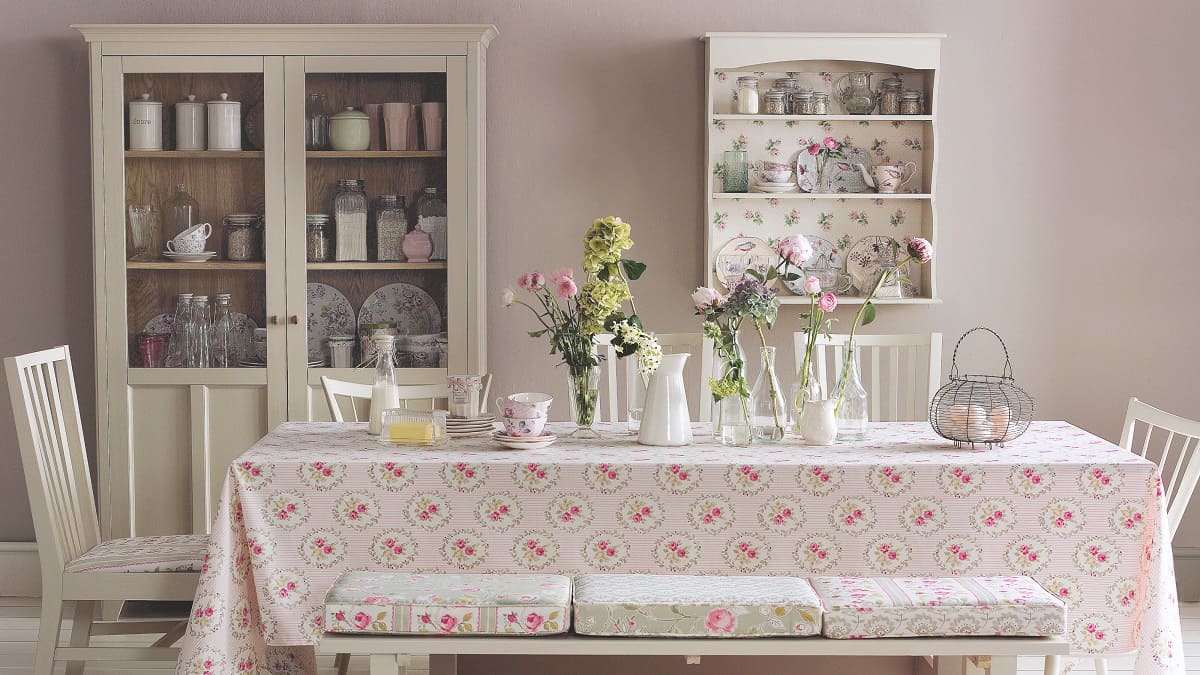

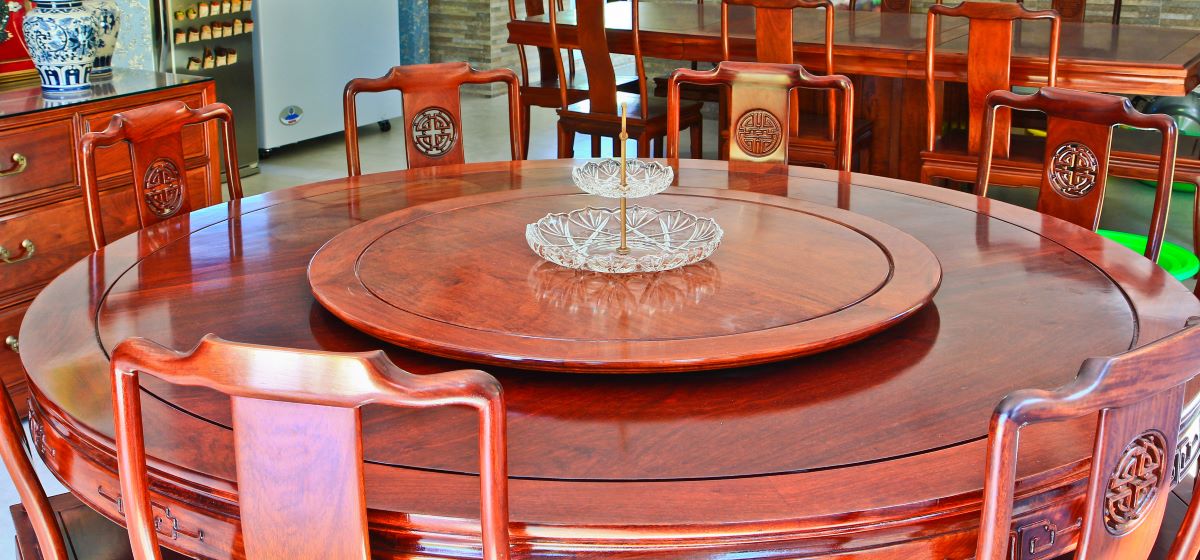
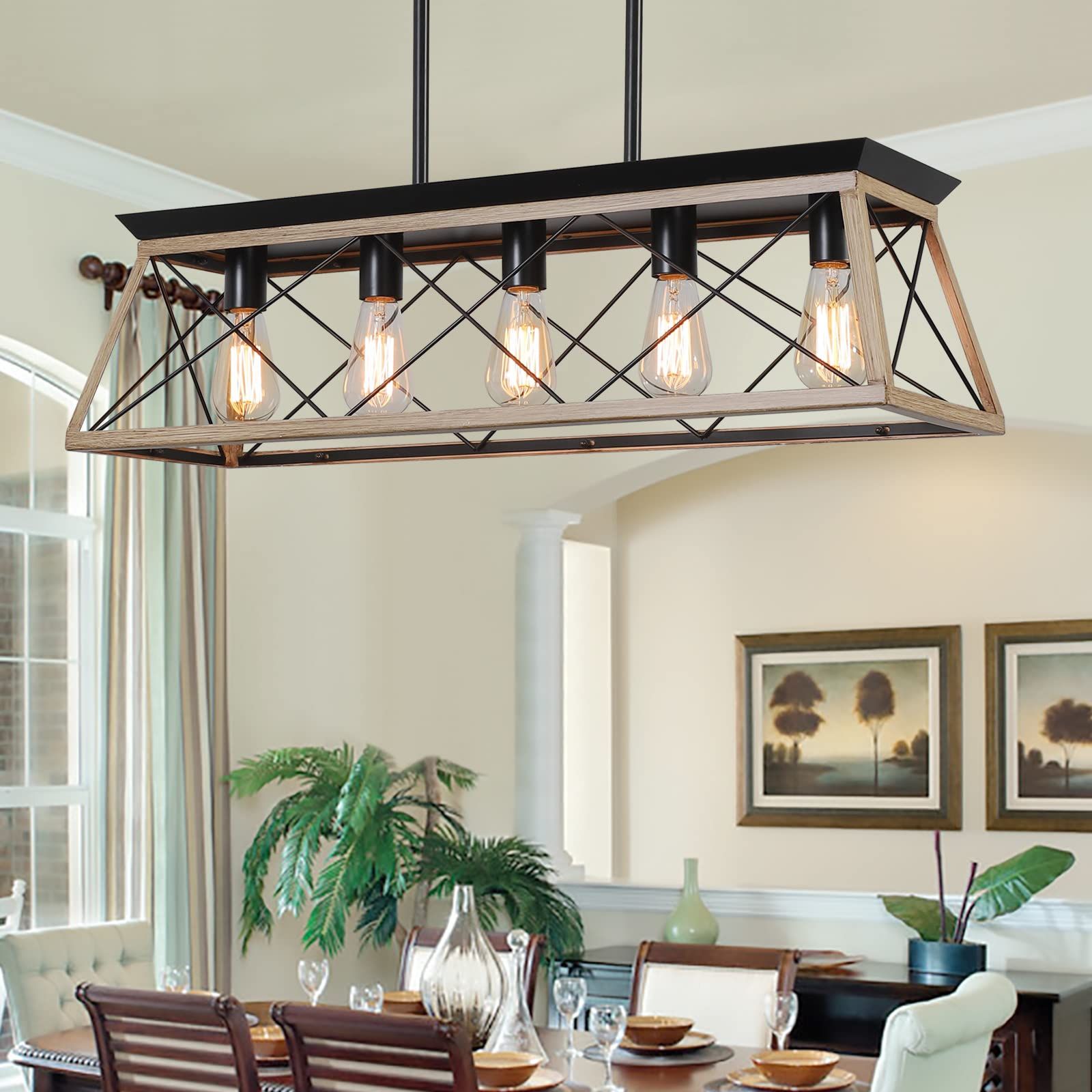

0 thoughts on “What To Do If Your Dining Room Has Carpet”